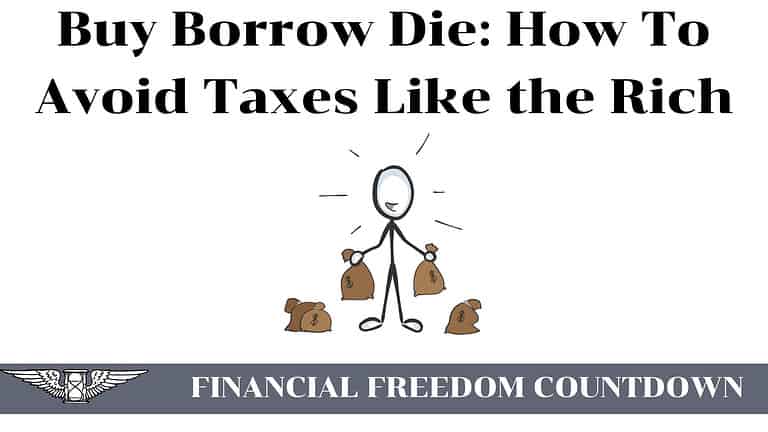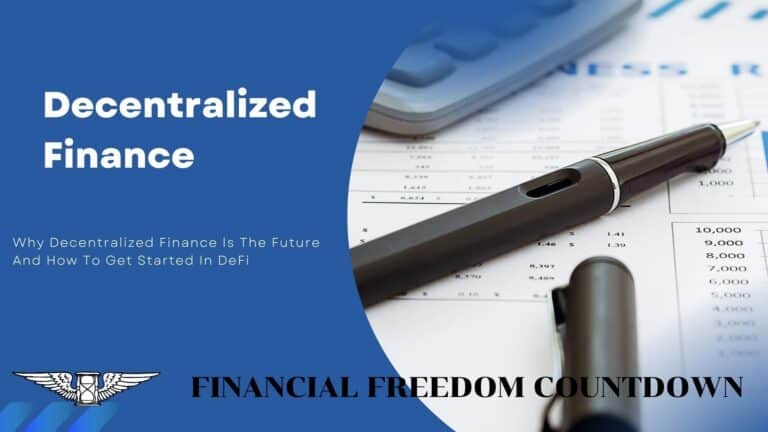Are Your Retirement Savings at Risk? Expert Tips To Help You Navigate the Geopolitical Turmoil

In times of rising geopolitical risks, investors typically take comfort in the safety of bonds. However, with rising inflation, many individuals are finding their retirement plans faltering as bond funds suffered unprecedented losses last year and are continuing to trend lower this year.
Changing Tides for Retirement Portfolios
Diversifying one’s investment portfolio to include both stocks and bonds is a fundamental principle in investing. This time-tested strategy has proven highly effective over the last 40 years.
In 2022, both stocks and bonds took a tumble. The dual downturn, a rare occurrence in the financial world, has caused concern among those planning their golden years.
Historically, stocks have demonstrated the potential to generate substantial returns over extended periods. Therefore, allocating a significant portion of investments towards stocks is advisable. However, investing in stocks comes with inherent risks and volatility. While occasional financial losses are possible, the long-term profitability remains promising.
On the other hand, bonds offer a more stable and predictable rate of return. They act as a buffer against the inevitable fluctuations of the stock market. During bearish phases in the equities market, Treasury bond prices tend to rise as investors pursue safe-havens.
Balanced funds have traditionally provided a protective shield against market volatility, offering stability during favorable market conditions and downturns. Recent periods have witnessed significant decreases in both stock and long bonds.
Bonds No Longer the Ballast in Retirement Portfolios
Traditionally, bonds have been considered the bedrock of retirement portfolios, offering a relatively steady and less risky source of income. These fixed-income investments buffer against the stock market’s volatility, leading many to rely heavily on them for retirement savings.
However, the current economic climate has shaken this long-standing belief, as bonds, like stocks, feel the impact of rising inflation. This unexpected twist challenges the conventional wisdom of retirement planning and prompts a reevaluation of investment strategies.
The Vanguard Total Stock Mkt Index (VTSAX) lost 20% in 2022, and the iShares 20+ Year Treasury Bond ETF (TLT) was down 31%.
The iShares 20+ Year Treasury Bond ETF (TLT), exclusively focused on long-dated Treasuries, has exhibited a decline of approximately 50% in value since August 2020, primarily driven by losses on the 30-year Treasury bond.
Likewise, the iShares 7-10 Year Treasury Bond ETF (IEF), investing in medium-duration Treasury notes, has experienced a reduction exceeding 25%.
Sailing Through Choppy Waters With Unfavorable Returns
Financial advisors play a pivotal role in helping clients understand the intricate dynamics of investment portfolios, especially the roles and potential risks associated with stocks and bonds.
Advisors should encourage clients to envision scenarios where both stocks and bonds could yield disappointing returns. For instance, stock prices may plummet during economic downturns due to declining corporate profits. Similarly, an unexpected spike in inflation can erode the purchasing power of the fixed returns from bonds, making them less valuable.
Understanding these dynamics allows for better portfolio diversification, ensuring clients’ investments are spread across various income-generating assets. This strategy can help mitigate the risks associated with unfavorable market conditions, providing a safety net and maintaining a balanced investment approach.
By understanding these potential risks, clients can be better prepared for the unpredictability of the markets.
Amar Shah, CFA, CFP is seeing an influx of new clients from individuals whose financial advisors have followed a buy-and-hold or an efficient frontier asset allocation model. He says, “When the risk-free rate is north of 5%, investors should ask if they would get paid appropriately for taking that additional duration risk by owning a 10-15-year bond. Most of the time, individuals would rather own equities for that time horizon. For individuals looking to generate income from a portfolio, we coach them consistently to look at total return vs. just the income component of their investments to fully understand the withdrawal stress on a portfolio.”
Stay the course
Introducing additional asset classes or adding complexity to portfolios may not always be beneficial, particularly for retirees who rely on their investments for monthly income.
While diversification is a critical strategy in investment management, overcomplexity can lead to unforeseen risks. Diversifying into alternative assets such as commodities, real estate, or private equity can expose retirees to higher volatility, illiquidity, and potentially higher fees.
It may confuse investors who are less familiar with these asset classes. Furthermore, these alternative investments often require a longer time horizon to realize returns, which may not be suitable for retirees.
Therefore, retirees must understand the risks of any new investment and consider simpler, more traditional investment strategies that align with their risk tolerance and income needs.
Scot Johnson, CFA, recommends a retirement bucket strategy approach for simplicity. He says, “Money we won’t need for a good while can go into a stocks bucket, where historically assets have appreciated nicely over longer periods and provide dividend income. The money we might need during the next 5-7 years goes into a bonds bucket. We’re collecting interest income, and each year, we will have a bond or a handful of bonds that mature and deliver cash flow toward anticipated cash needs. Clients’ rainy-day fund and money they’ll need over the next 6-12 months stays in the cash bucket, which gets re-filled as cash from dividend and interest income and bond maturities rolls in. We re-fill the bonds bucket when we can harvest from stocks that have appreciated during a friendly market environment.”
He believes that bond funds aren’t optimal for retirees to have bond exposure and recommends buying individual bonds for clients. The combination of interest income and maturities generates natural cash flow that isn’t impacted by movements in interest rates and bond prices. He adds, “In our experience, this bucket approach to the overall portfolio and laddered approach to owning bonds helps clients have peace of mind. “
A Glimmer of Hope on the Distant Horizon
As of this year, although the iShares 20+ Year Treasury Bond ETF (TLT) is down another 9%, the stock market has recovered. The Vanguard Total Stock Mkt Index (VTSAX) is up 14.47% year-to-date, helping retirees feel better about enjoying their retirement.
While geopolitical concerns cast a shadow on the future market outlook, a well-defined retirement plan should weather the storms.

John Dealbreuin came from a third world country to the US with only $1,000 not knowing anyone; guided by an immigrant dream. In 12 years, he achieved his retirement number.
He started Financial Freedom Countdown to help everyone think differently about their financial challenges and live their best lives. John resides in the San Francisco Bay Area enjoying nature trails and weight training.
Here are his recommended tools
Personal Capital: This is a free tool John uses to track his net worth on a regular basis and as a retirement planner. It also alerts him wrt hidden fees and has a budget tracker included.
Platforms like Yieldstreet provide investment options in art, legal, real estate, structured notes, venture capital, etc. They also have fixed-income portfolios spread across multiple asset classes with a single investment with low minimums of $10,000.




